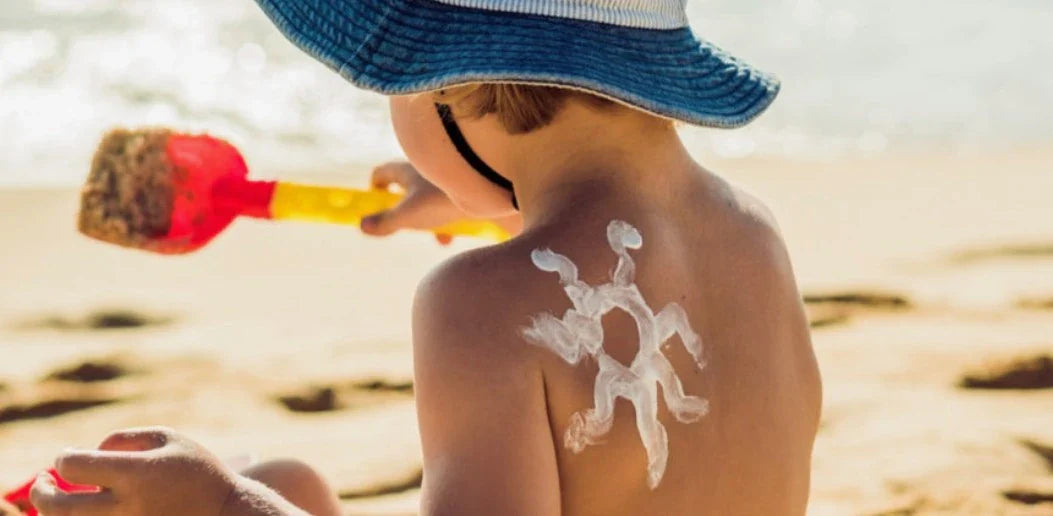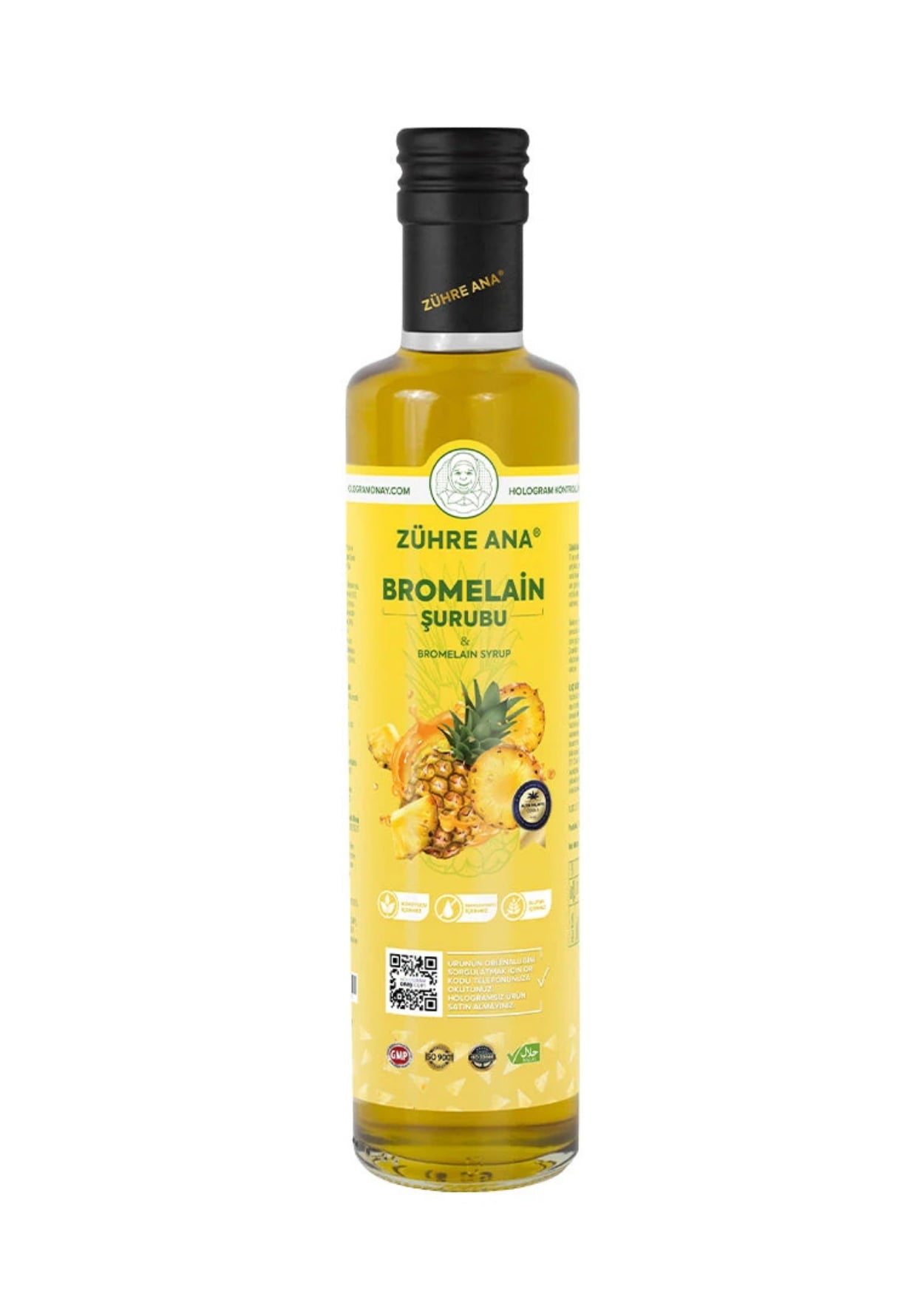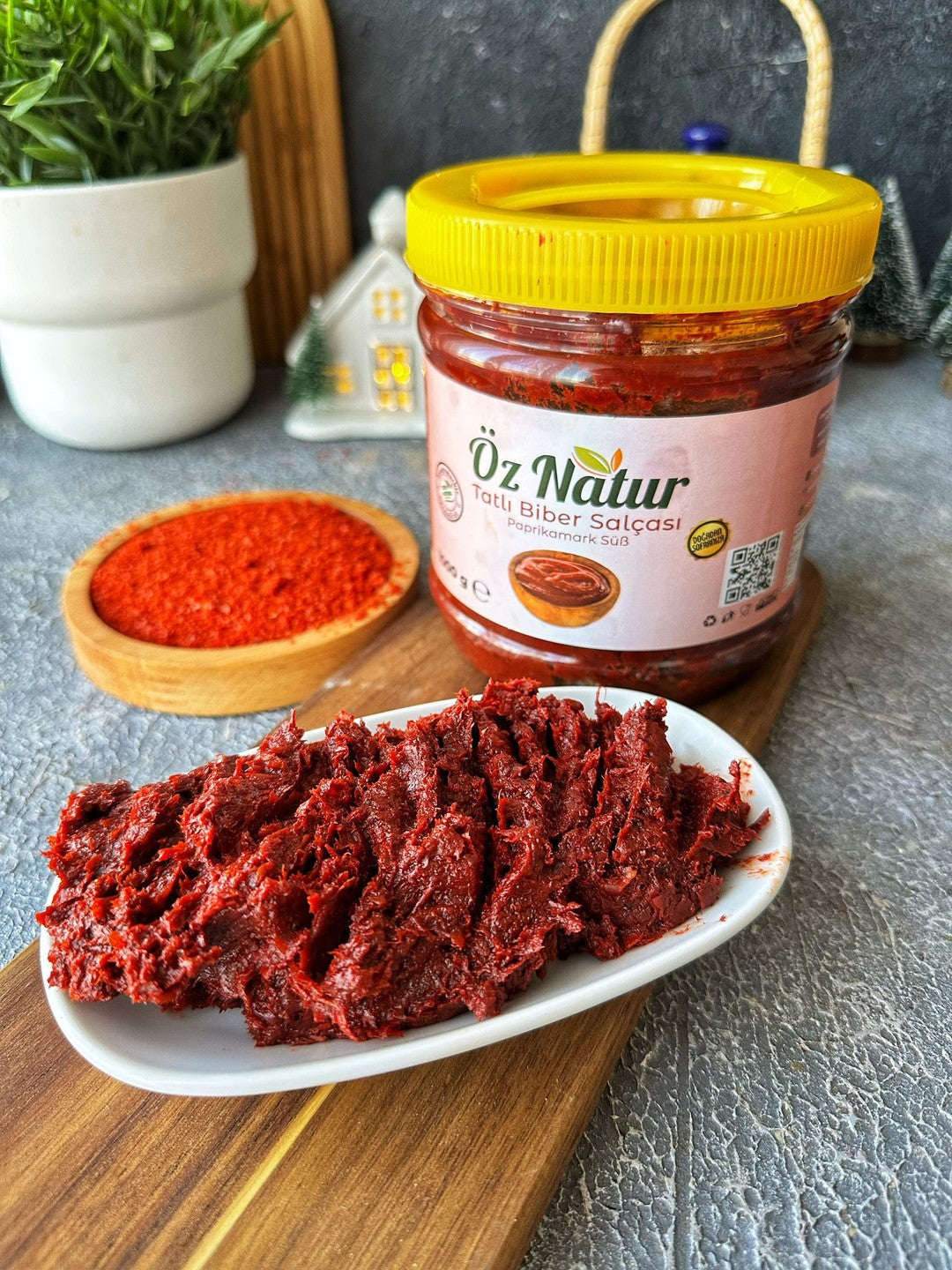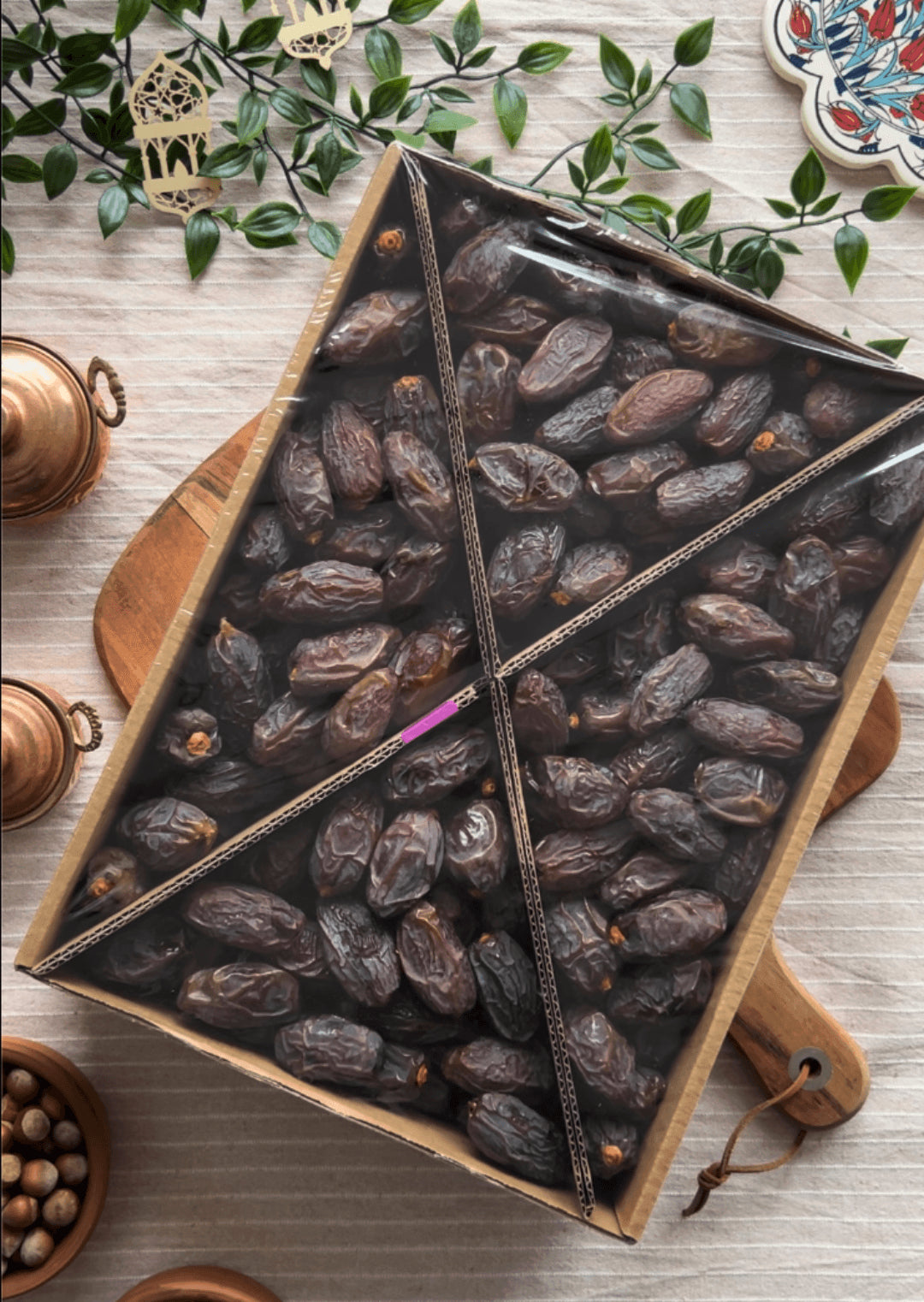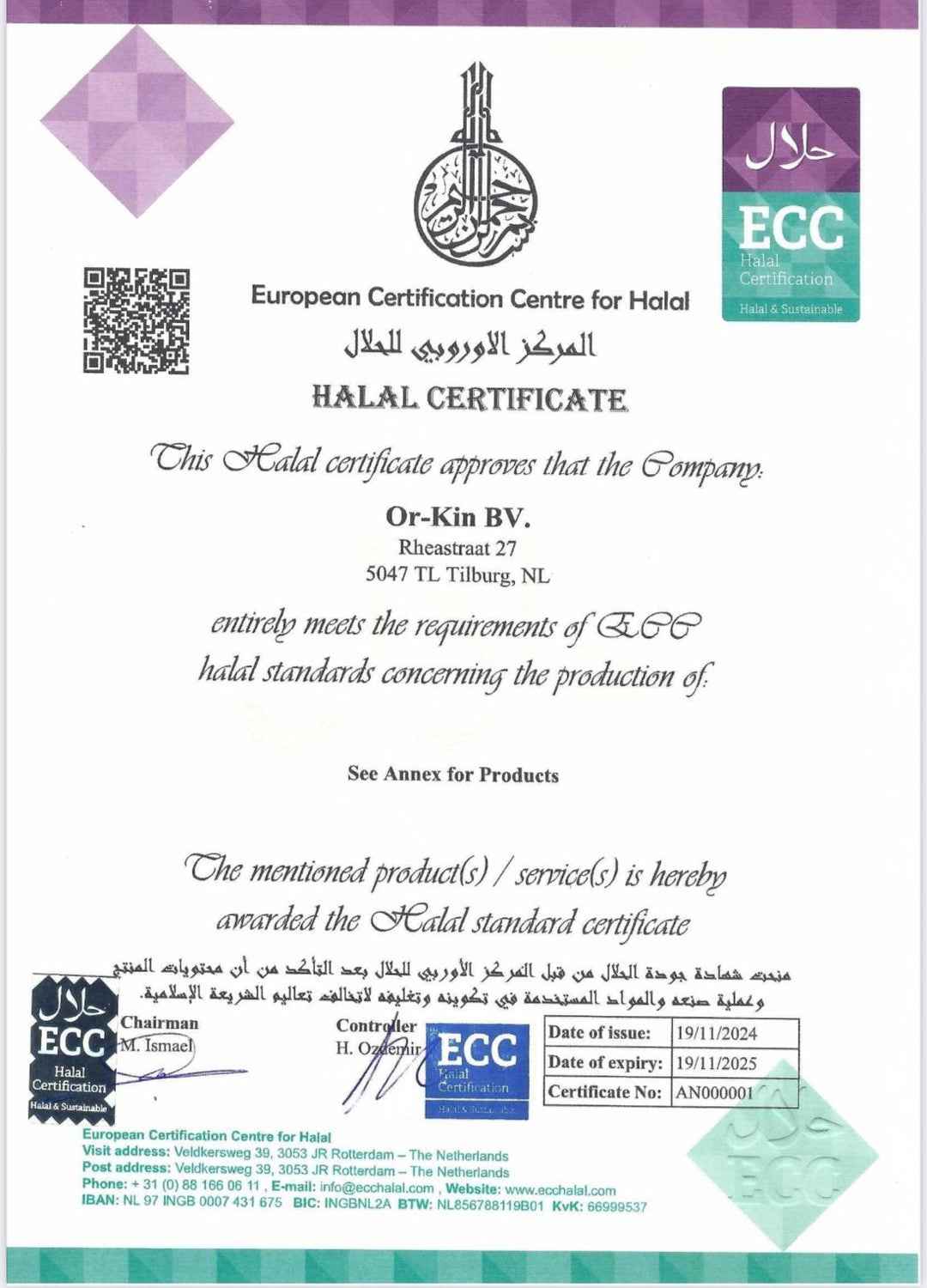Using sunscreen for children is important not only in summer but whenever sunlight is strong. Their skin requires careful protection due to its sensitivity. Products with SPF 30 or higher, specifically designed for children, may be applied to all exposed areas of the skin. It is best to apply the sunscreen 20 to 30 minutes before going outside. When choosing a product, those without added perfume or alcohol may be more suitable for regular use.
From What Age Can Babies Use Sunscreen?
For babies under 6 months, it is generally recommended to avoid direct sun exposure. Instead, shade and light, long-sleeved clothing can offer protection. After 6 months, products that include ingredients such as zinc oxide or titanium dioxide and are labeled for infant use may be considered. Consulting a healthcare professional before use is advised.
At What Times Should Sunscreen Be Applied to Children?
Between 10:00 a.m. and 4:00 p.m., sunlight tends to be more intense. If outdoor activities are planned during these hours, using sunscreen along with a hat and light clothing helps with protection. Even outside these hours, sunscreen is recommended if sun exposure is expected.
Does Sunscreen Lose Effectiveness After Swimming or Water Play?
Swimming, sweating, or drying with a towel can reduce the effectiveness of sunscreen. Even for water-resistant products, reapplication is usually recommended every 40 to 80 minutes. Always check the label for specific guidance and reapply after water activities or heavy sweating.
How Often Should Sunscreen Be Reapplied to Children During Summer Holidays?
During long days outdoors, sunscreen should be reapplied every 2 hours. Reapplication is also necessary after swimming, sweating, or toweling off. This helps maintain consistent protection throughout the day.
Should Children Wear Sunscreen Even in the Shade?
Shade does not block all sunlight. Reflected rays from surfaces like water or sand can still reach the skin. Therefore, applying sunscreen even in shaded areas is recommended, along with wearing hats and protective clothing when possible.


